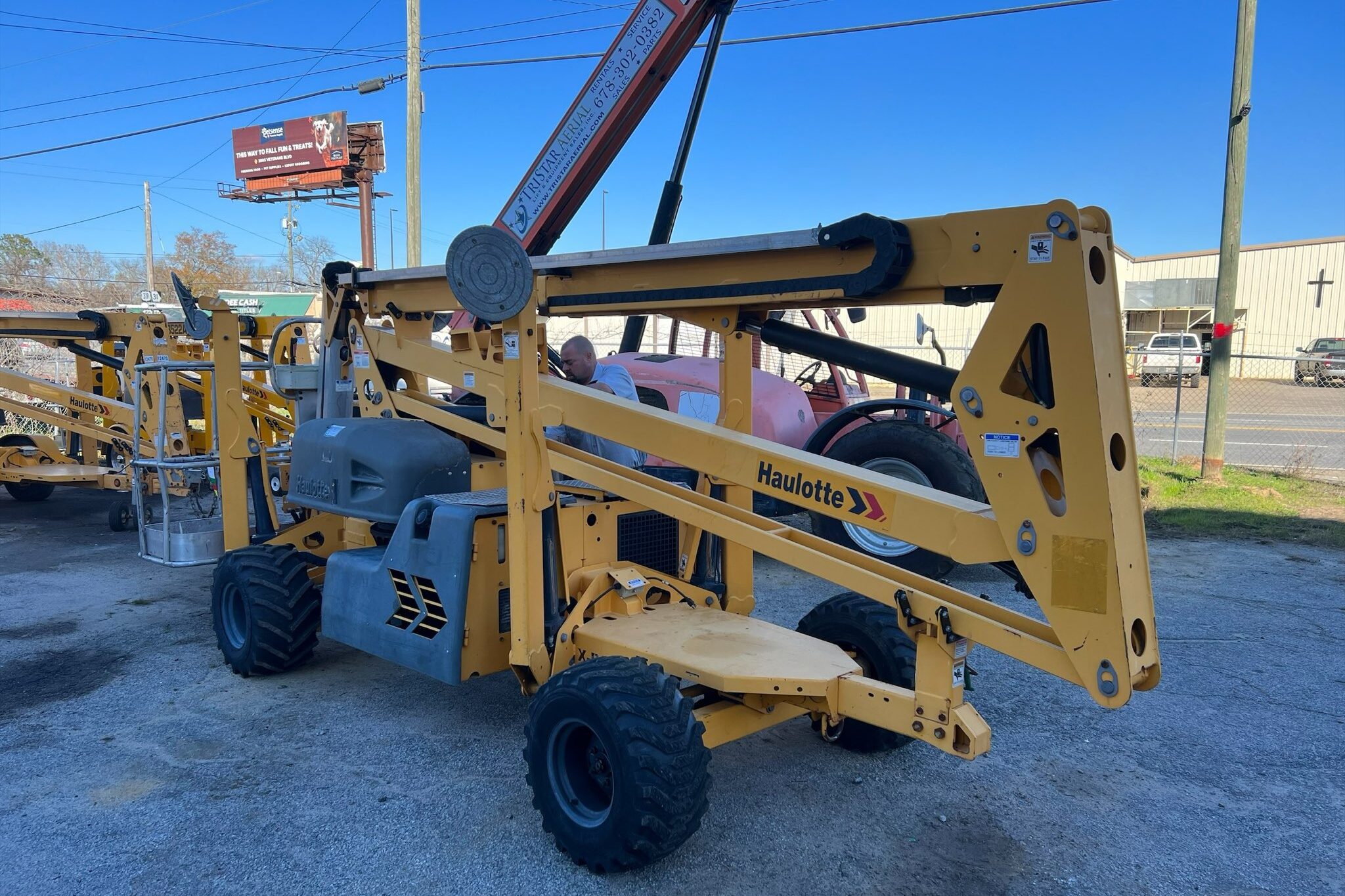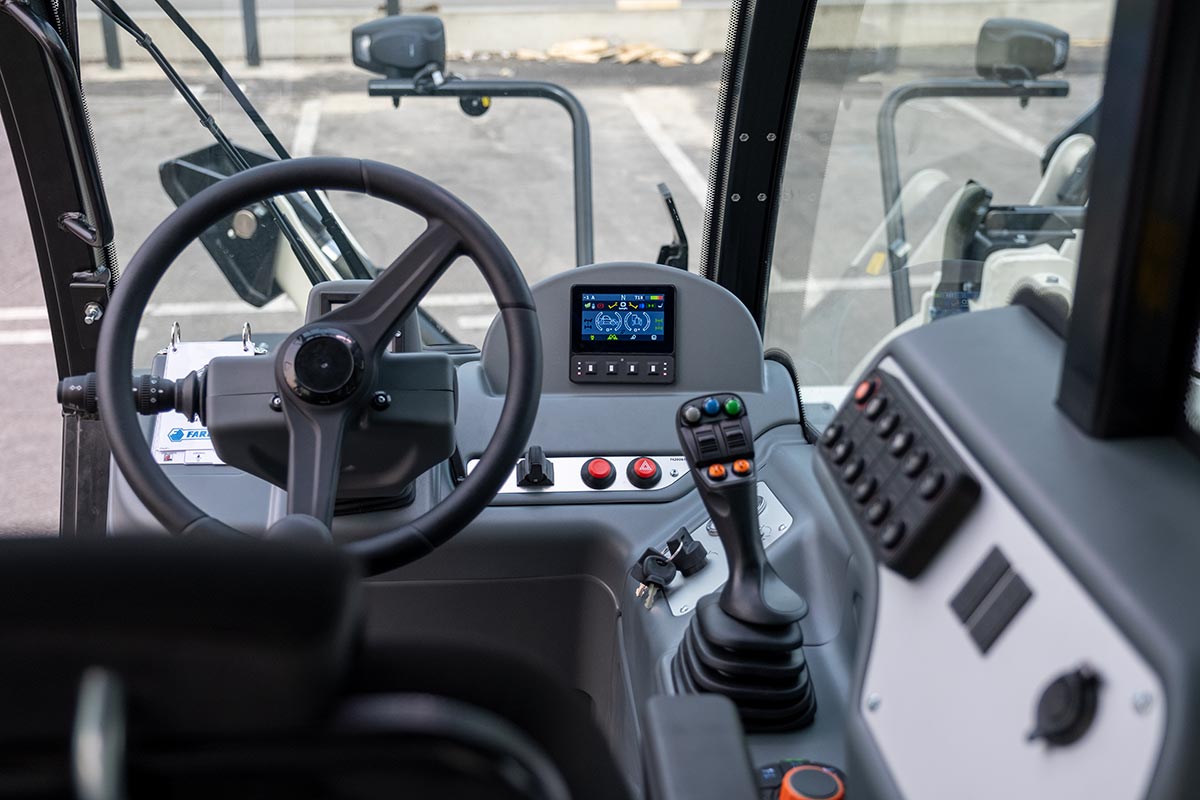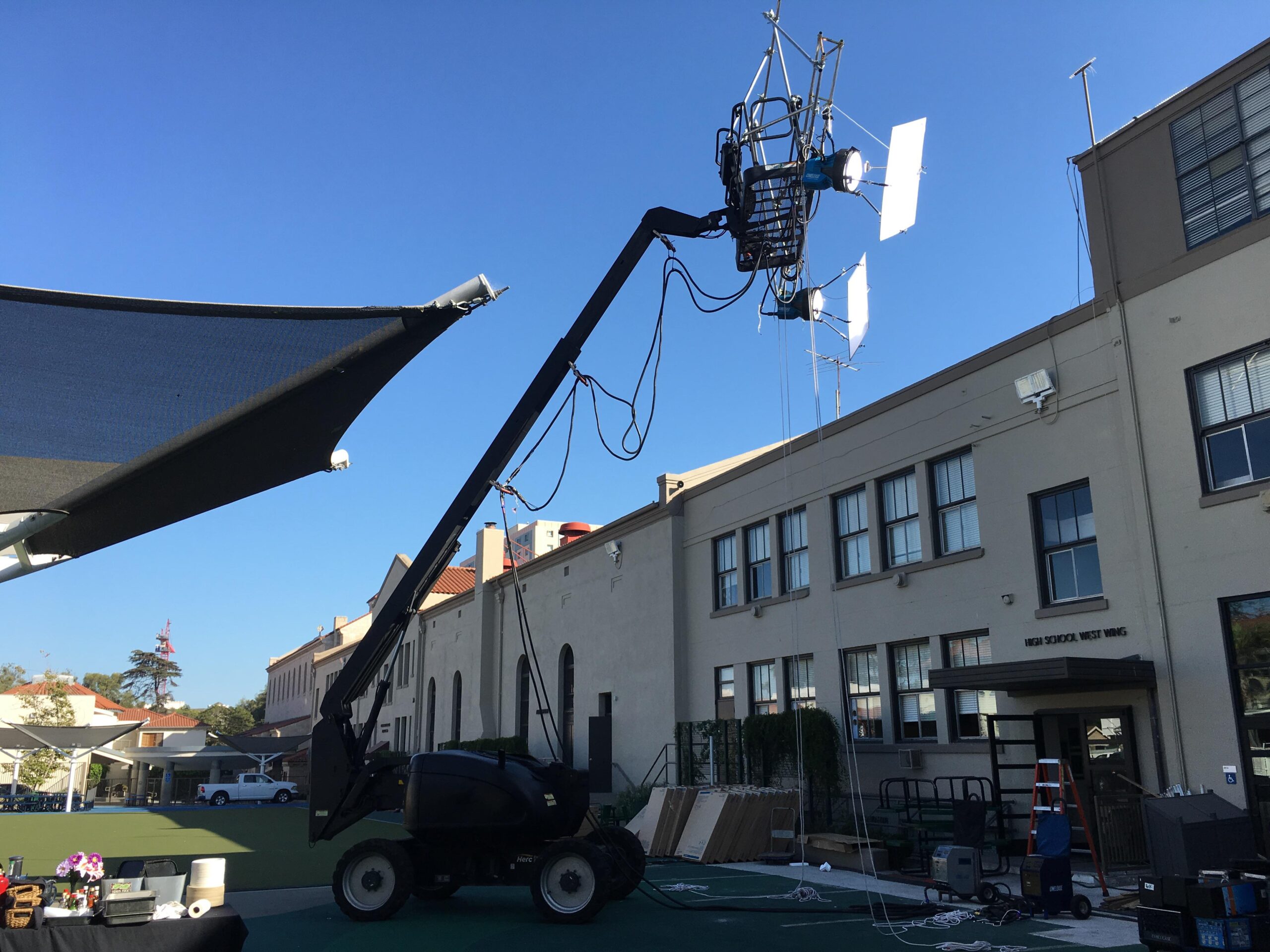
The aerial lift industry has seen significant advancements over the years, revolutionizing how we perform tasks at heights. At TriStar Aerial, we embrace these innovations and strive to offer the latest technology in our equipment. Here’s a look at the evolution of aerial lift technology:
Early Designs: Initially, aerial lifts were basic, manually operated platforms. These early designs provided limited height access and were primarily used for simple tasks. While functional, they lacked the safety and efficiency features we see today.
Hydraulic Advancements: The introduction of hydraulics marked a significant milestone in aerial lift technology. Hydraulic systems allowed for smoother and more precise movements, greater reach, and enhanced stability. This innovation made aerial lifts more versatile and capable of handling a broader range of tasks.
Enhanced Safety Features: Modern aerial lifts come equipped with advanced safety features. Automatic leveling systems ensure the platform remains stable on uneven terrain. Emergency descent systems provide a safe way to lower the platform in case of power failure. These enhancements significantly improve operator safety and confidence.
Digital Integration: Today’s aerial lifts incorporate digital technologies such as IoT (Internet of Things) and smart sensors. IoT-enabled lifts provide real-time data on performance, usage, and maintenance needs, allowing for predictive maintenance and reducing downtime. Smart sensors enhance safety by detecting obstacles and automatically adjusting movements.
Eco-Friendly Options: With a growing emphasis on sustainability, the development of electric and hybrid aerial lifts has become a priority. These lifts offer quieter operation, reduced emissions, and are ideal for indoor and urban environments. Battery technology advancements have also improved the efficiency and operational time of electric lifts.
Compact and Versatile Designs: Manufacturers have focused on creating compact and versatile aerial lifts that can navigate tight spaces while maintaining high performance. These designs are particularly useful in urban settings and for tasks that require precision in confined areas.
Remote and Automated Controls: Advancements in remote and automated control systems have made operating aerial lifts more efficient and safer. Remote controls allow operators to maneuver lifts from a distance, reducing the need for manual adjustments. Automated systems can perform routine tasks with minimal human intervention, enhancing productivity.
Augmented Reality (AR) for Training: Augmented Reality (AR) is being used to provide immersive training experiences for aerial lift operators. AR technology allows trainees to practice operating lifts in a virtual environment, improving their skills and safety knowledge before working on actual equipment.
Long-Term Durability and Warranty: Modern aerial lifts are built with high-quality materials and components, ensuring long-term durability. Extended warranties, such as TriStar Aerial’s 10-year structural warranty, provide additional peace of mind and protect your investment.
Understanding these technological advancements helps appreciate the capabilities and benefits of modern aerial lifts. At TriStar Aerial, we are committed to staying at the forefront of innovation, ensuring our customers have access to the best equipment available.






